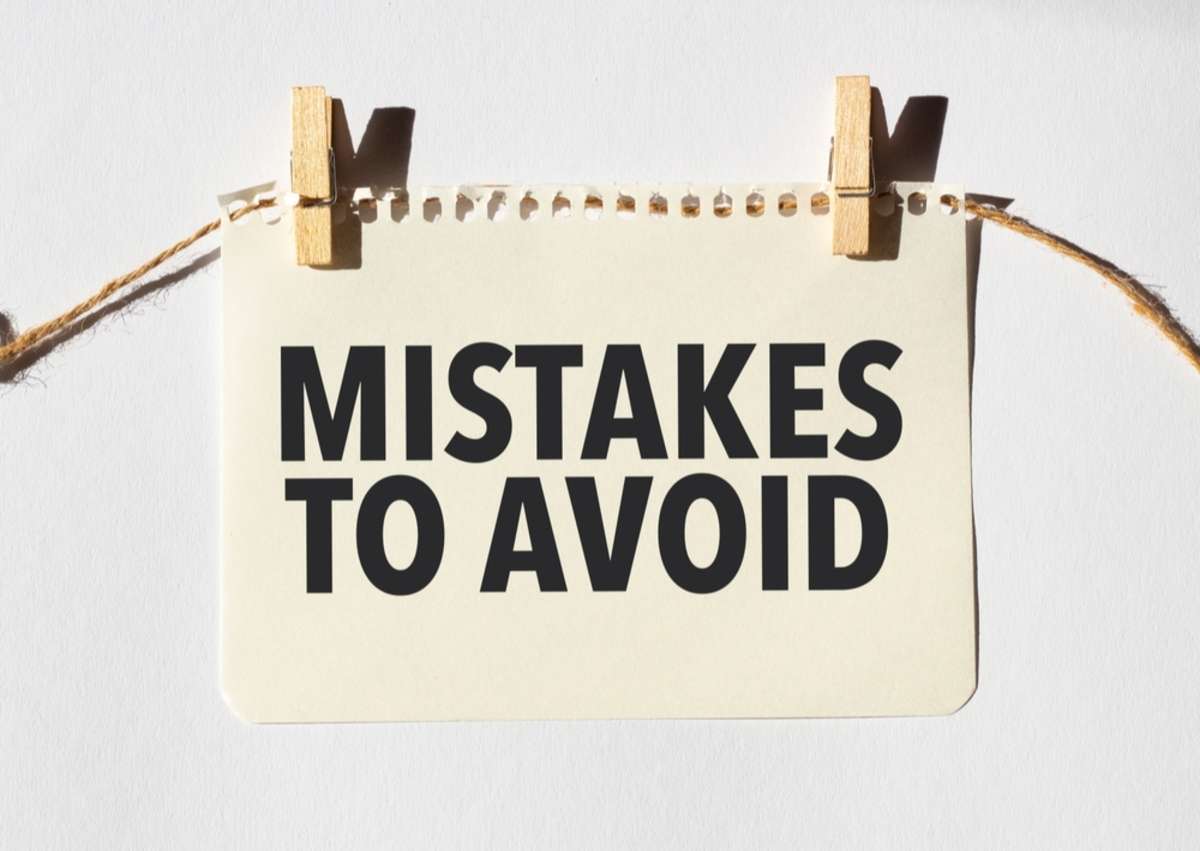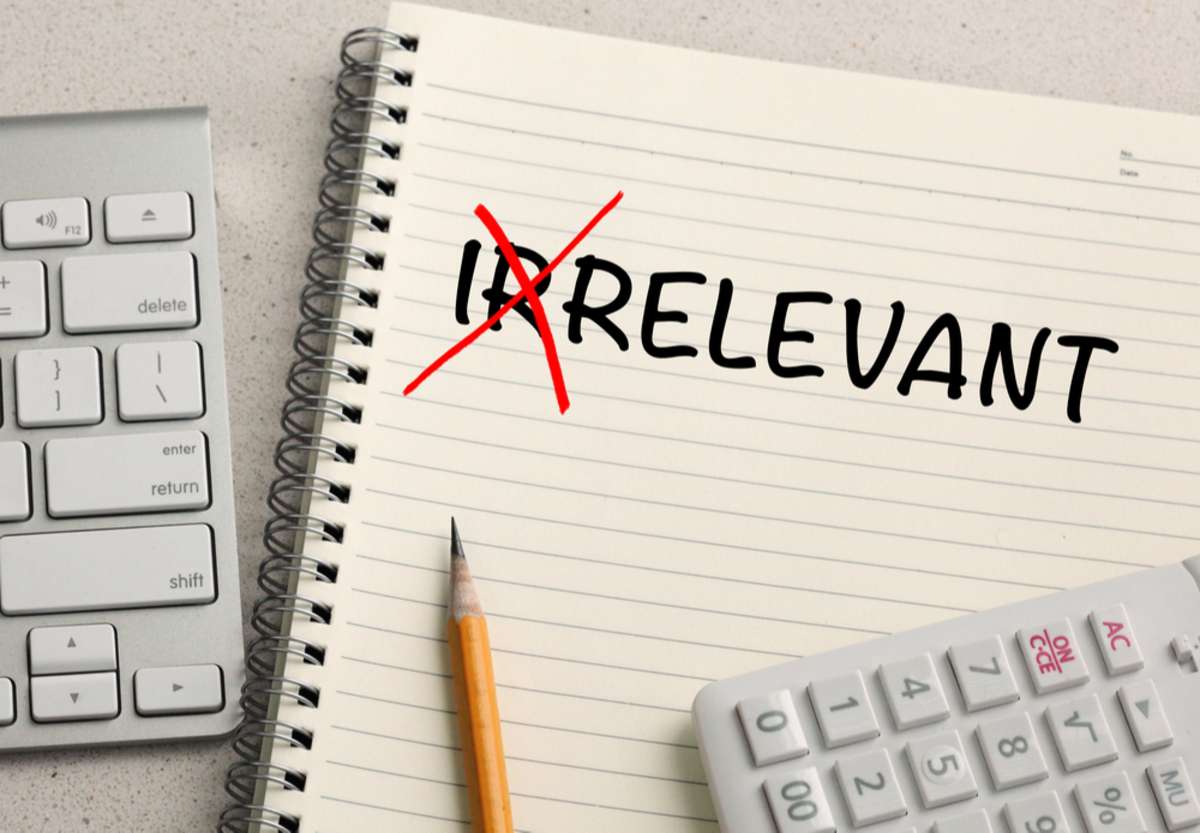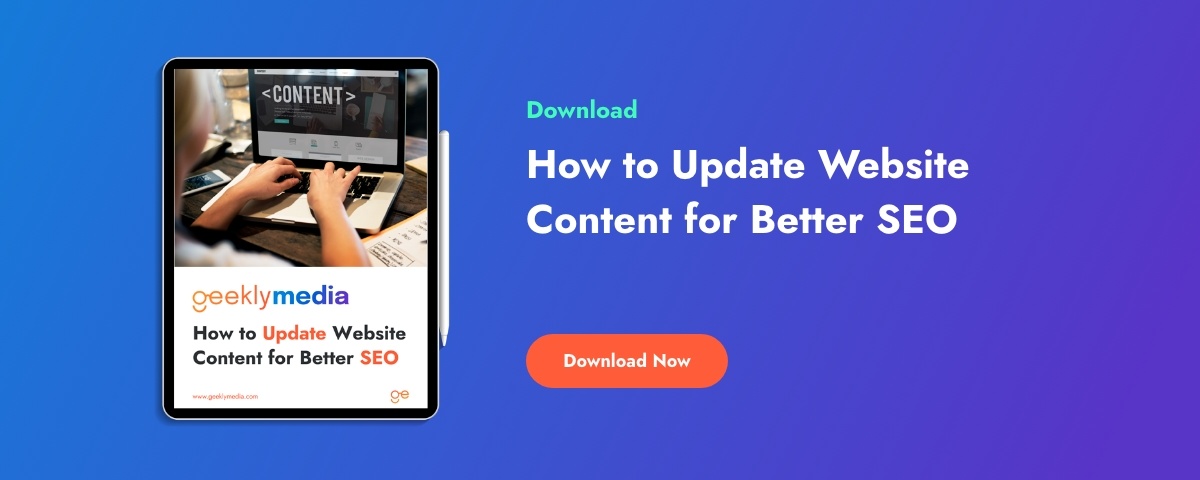
8 Things to Avoid When Updating Website Content and Blogs
Listen to the article
8 Things to Avoid When Updating Website Content and Blogs
Updating old content can revive your website, improve user experience, and boost your search engine rankings. However, it's important to approach content updates strategically to avoid detrimental effects on your SEO efforts.
Yes, it's possible to update the wrong things or make content worse when trying to make it better!
We're here to help you avoid that issue. In this blog post, we will discuss the common mistakes to avoid when updating website content or your blog. We'll also provide practical tips to ensure a successful content updating (or "lengthen and strengthen") strategy.
1. Avoid Too Many Drastic Changes at Once
When updating existing content, it's essential to avoid making too many drastic changes all at once. Unless a blog is many, many years old and absolutely ignores all good SEO (search engine optimization) best practices, "updating" should not typically mean "completely reworking or rewriting."
While it's tempting to overhaul your entire blog post or web page (because, let's face it, reading something you wrote a year or more ago could have a high "cringe" factor and make you want to rewrite the whole thing), such drastic changes can confuse search engines and disrupt the existing ranking signals.
Instead, consider a gradual approach by making incremental improvements. By making smaller updates over time, you can monitor the impact of each change and adjust your strategy accordingly.
Remember, when learning how to update website content, it shouldn't be a "one and done" event. You'll likely update the same piece of content several times over time. So, plan your updates and make them in increments for the best results.
2. Don't Delete Critical Content
Remember how we just talked about not making too many drastic updates? Whether intentional or accidental, deleting critical content from your blog posts or web pages is a common mistake that can negatively impact your SEO.
Remember that search engines value the authority and relevance of your website. Removing important information or insights can lead to a loss of keyword rankings and backlinks, as well as create a negative user experience. Instead, focus on updating and optimizing existing content while preserving the valuable insights and information that made it relevant in the first place.
"Updating" old content for property management blogs or real estate blogs means building on what you established with the first run of the content piece.
3. Avoid Changing the URL
Changing the URL of a blog post or web page should be done cautiously.
Modifying the URL without implementing proper redirects can result in broken links and loss of valuable organic traffic. When updating content, try to retain the original URL structure as much as possible. If a change in the URL is necessary, set up 301 redirects to ensure a smooth transition and maintain your search engine rankings.
4. Keep Outdated References or Humor in Check
While dad jokes can stay relevant for many years, not all trendy or "insider" humor does.
For example, we really wanted to find a way to incorporate "Avoid the Noid" in this blog about things to "avoid" when updating content . . . but we talked ourselves out of dating ourselves and this content with that particular outdated reference. 
While updating old content, it's crucial to keep outdated references, statistics, or humor in check. Outdated information can mislead your readers and harm your credibility. During your content updating process, regularly review your content for any outdated references, and either update them with accurate information or remove them entirely.
Similarly, humor that may have been relevant during the original publication may not resonate with your current audience. Ensure your content remains relevant and aligns with your brand's tone and values.
5. Avoid Keyword Stuffing
One of the most critical SEO ranking factors is the proper use of keywords. While updating existing content, avoid the temptation to add too many new keywords unnaturally.
Refreshing old content should include reviewing keywords and adding new ones that enhance the content. However, keyword stuffing can make your content appear spammy and negatively impact your search engine rankings.
In other words, putting in a bunch of additional keywords just to watch an SEO tool's analysis of your content increase is neither "lengthening" nor "strengthening" the piece. Instead, focus on providing valuable and informative content that naturally incorporates relevant keywords in a way that benefits the reader.
6. Don't Add Words Just for the Sake of Adding Words
Adding words just for the sake of hitting a word count is known as "fluff," and it's a bad practice for inbound marketing content.
It's true that Google and other search engines can prioritize lengthier content pieces as one of the important SEO ranking factors. For example, a 2,000-word pillar page may rank higher than similar content with only 600 words. However, nonsensical or overly-wordy ways to say a simple thought is fluff and works against Google rewarding your content with a higher ranking.
Adding unnecessary words to your updated content just to increase its length is a practice to avoid. Search engines and readers alike prefer concise and valuable content. However, that doesn't mean you shouldn't write that many words if you need 3,000 words to deliver helpful, well-written, and optimized content about a topic with plenty of links.
Instead of adding fluff, focus on providing comprehensive and in-depth information that addresses the needs and questions of your target audience. Quality content will always prevail over quantity.
7. Avoid Adding Irrelevant External Links
External links can be beneficial for supporting your content and providing additional value to your readers. However, when updating old content, avoid adding external links that do not add value just for the sake of including them. 
Ensure the external links you incorporate are relevant, reputable, and genuinely enhance the user experience. Consider whether the external links provide valuable insights, references, or resources that complement your content.
8. Don't Overlook Behind-the-Scenes Elements
When updating old content, it's easy to focus solely on the visible aspects, such as the text and images. However, paying attention to the behind-the-scenes elements that contribute to your website's SE is equally important.
These elements include meta descriptions, alt text for images, heading tags, and internal linking.
Meta Descriptions
Meta descriptions provide a brief summary of your content in search engine results, influencing click-through rates. Make sure to optimize your meta descriptions by including relevant keywords and calls to action.
Alt Text
Alt text, or alternative text, helps search engines understand the context and relevance of images on your website. Be descriptive and use keywords appropriately in alt text to improve your image SEO.
Heading Tags (i.e., This Heading Is an H3)
Heading tags like H1, H2, and H3 help structure your content and indicate its hierarchy. When updating old content, ensure that your heading tags are used properly and reflect the key points or sections within your content. Well-structured heading tags not only improve readability for users but also provide valuable signals to search engines.
Internal Linking
Internal links are an essential SEO strategy that helps search engines discover and navigate your website. When updating content for your property management blog, review and update internal links to ensure they are relevant and provide additional value to users.
Proper internal linking helps establish a strong information architecture and improves the overall user experience.
Work With Content Experts to Update Website Content
Updating old content is an effective strategy to improve your website's SEO and provide fresh, valuable information to your audience. However, it's crucial to approach content updates with caution and avoid common pitfalls that can negatively impact your SEO efforts.
By avoiding the things we mentioned to avoid in this blog, you can update your old content effectively, improve your website's visibility in search engine rankings, and provide a better user experience for your audience.
If you're ready to take your content marketing strategy to the next level and implement a "lengthen and strengthen" approach to generate more traffic and leads, Geekly Media is here to help. Contact us today to learn more about our expertise in creating and managing property management blogs that drive more traffic for property managers!
Remember, successful content updates require a thoughtful and strategic approach. With the right techniques and attention to detail, you can revitalize your old content and enjoy the benefits of improved SEO and user engagement.
Tackle content updates sooner rather than later with the insights in our free guide, "How to Update Website Content for Better SEO."


-1.png)

